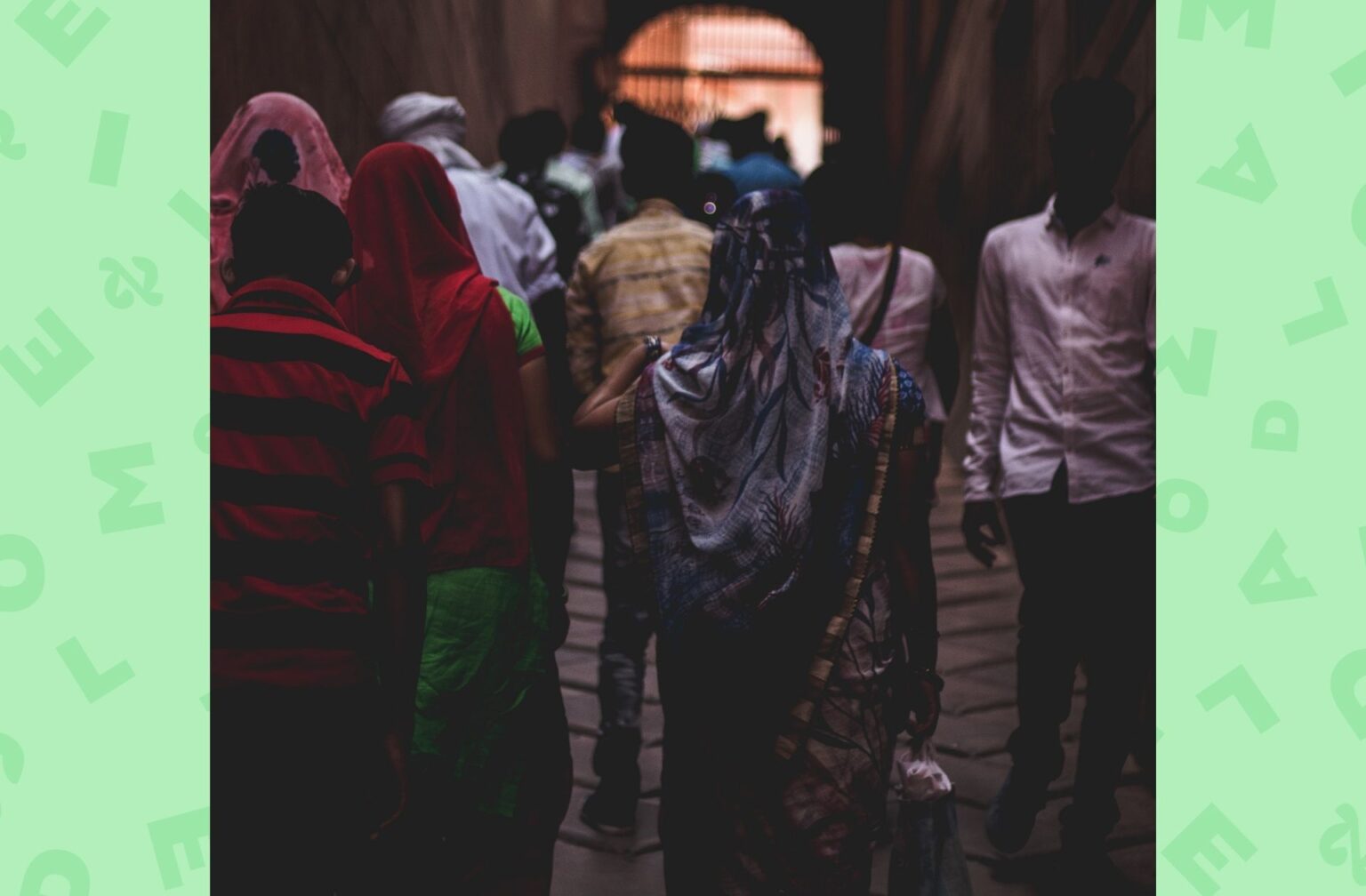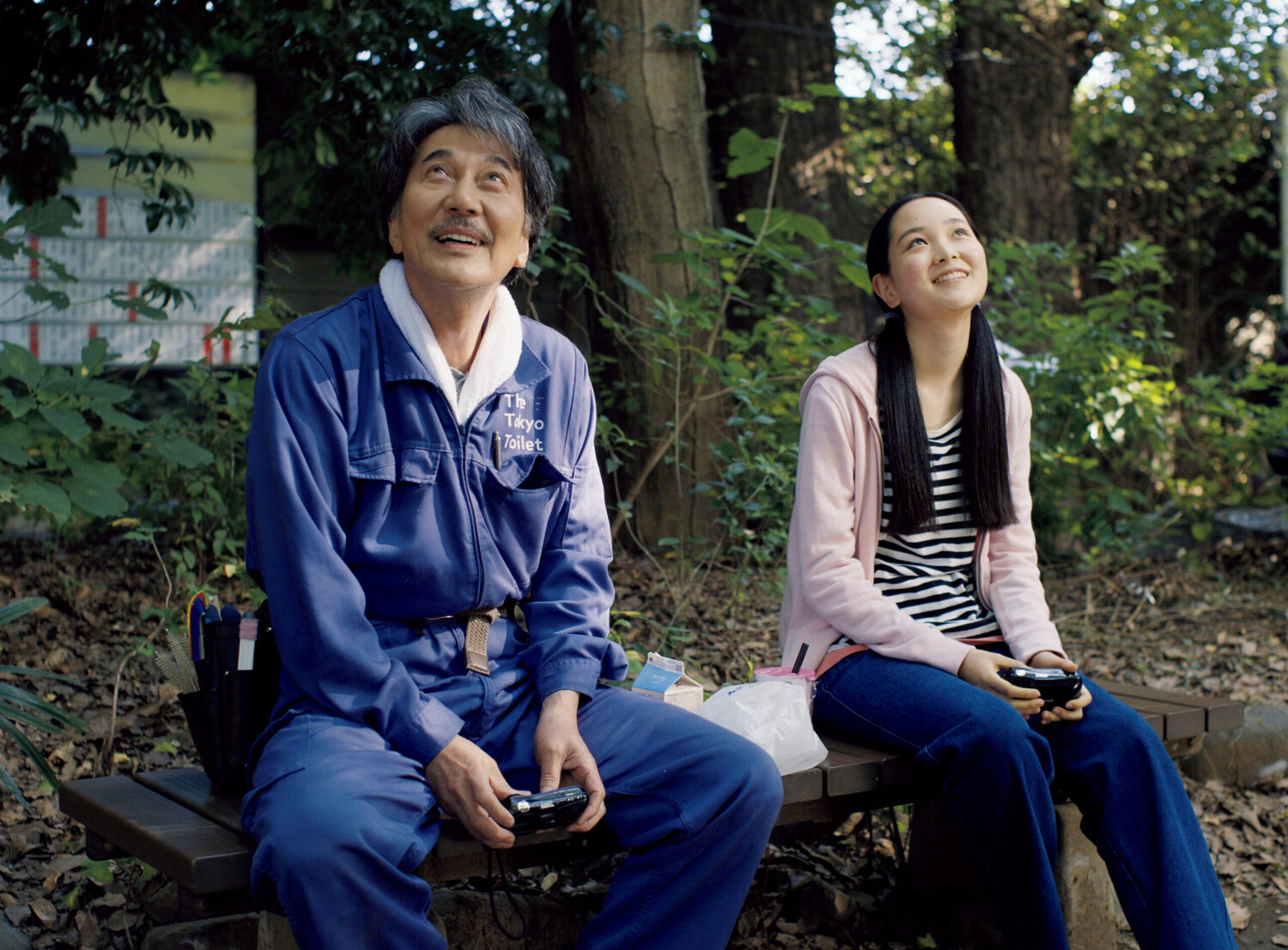Article originally published on April 28, 2022.
The association against professional abuse Business & Human Rights Resource Center published on April 21, 2022, a new report on the working conditions of textile workers in India, who are mainly working women. The title itself says it all: “Unbearable Harassment: the fashion industry and the widespread abuse of female garment workers in Indian factories “Because, of course, the pandemic has only made things worse.
An overwhelming report on the working conditions of textile workers in India
Those who make much of the clothes we wear in the West on the other side of the world suffer more abuse in the workplace than in 2020. This is mainly because international fashion brands are putting them under more pressure after the pandemic that has complicated everything.
The report is based on the testimonies of 90 textile workers in 31 factories (tens of thousands of workers, the vast majority of whom are women) in the three largest apparel producing regions in India:
“Every woman we spoke to reported having suffered or witnessed GBV in their factories, perpetrated by male supervisors and managers who lead to reach unreasonable production targets set from fashion brands. “
Almost all of them tell of physical and verbal abuse, forced overtime, accidents due to exhaustion, lack of security in the face of Covid, refusal of bathroom and lunch breaks, or even sexual violence.. This, to supply clothing and accessories to international brands such as American Eagle, C&A, Carrefour, H&M, JD Sports, Levi Strauss & Co., Marks & Spencer, Primark, VF Corporation (the latter owns Van’s):
“This report shows how the economic model of fashion, which favors short-term profit, combined with inadequate government regulation and harmful patriarchal norms, creates and maintains conditions conducive to systemic gender and sexual violence across supply chains. Unequal and unsustainable power dynamics between brands and suppliers allow brands to dictate terms of production, often at the expense of the workers who produce the clothes we purchase. “
And this gender-based and sexual violence has been significantly aggravated by the context of the pandemic, as the international brands in question wanted to compensate for supply problems, cancel or postpone orders, or even speed up production and delivery. These upheavals have resulted in unsustainable pressures, delays and wage suspensions, against the first weak link in the supply chain: textile workers.
Alarming reports of sexual and gender-based violence at work
Among these, Smita testified in particular on the moral harassment that punctuates his working days:
” [Subir du] verbal harassment is part of this job – as production goals increase, harassment increases. Every day is stressful – supervisors call you “bitch”, “idiot”, “idiot” if you don’t reach your goals. We should learn to ignore it, but sometimes we can’t and we start to cry. Harassment is less in units that produce for domestic markets [de l’Inde comparés à celles qui produisent pour des marques internationales], but the salary is also lower. “
Another textile worker, named Sheeba, points out the obvious gender inequalities in this type of exploitative factories:
“Verbal harassment is unbearable. Supervisors are constantly yelling at us – this was the case before the pandemic and it continues today. They treat male and female workers differently. Male workers are friends with supervisors, who are all men. For a small mistake, the supervisor will scold a female worker … If a hardworking man fails to meet production goals for more than a week, he will only get a warning. “

When rape is part of the daily work of Indian textile workers
In this climate, which also favors sexual violence, some workers submit to reports completely conditioned by the hierarchical dimension of relationships, in an attempt to improve their working conditions, as reported by Suneeta, another Indian worker:
” Women offering sexual favors to managers and supervisors, including allowing them to touch their breasts, stomach and hips or have sex – are rewarded. They can get away with lower production goals, can take more free time, and not be verbally harassed. “
Under French law, obtaining sexual intercourse by coercion or threat can legally be considered rape.. But in many garment factories in India, it is the banality of everyday evil. Business & Human Rights Resource Center also recalls a horrifying and yet so sadly representative case: the story of Jeyasre Kathiravel, a textile worker found dead at the age of 20 on January 5, 2021.
It was a Dalit (also called untouchable “, or in the South Asian caste system the lowest level of the social ladder, therefore relegated to professions considered impure) and worked for an H&M supplier in Tamil Nadu (a southern Indian state). A few days after her body was found, her supervisor confessed to authorities that he had killed and raped her.. This, after months of sexual harassment.
And it was far from an isolated case: the factory was full of physical and sexual violence, like so many others. Self Jeyasre Kathiravel’s family did not get justice (the men in the factory had intimidated her mother to force her to sign documents by exonerating them, in short), H&M ended up signing an agreement in April 2022 to combat gender-based violence in the clothing sector in Asia.
Violence that existed before Covid and has only intensified
Like a concentrate of the worst that can happen in professional environments with a few men in the lead managing a multitude of womenIndian textile factories are therefore full of sexual and sexist violence in the workplaceas Smita, one of the workers summarizes:
” There is verbal, physical and sexual harassment in every garment factory – not just mine. It existed before Covid, it exists during Covid and will exist after Covid … “
Mentioned in the report, several brands that subcontract to this type of factory obviously communicated that they were already building and would make even more efforts to combat this gender-based and sexual violence in the workplace.
Far from being confined to India, gender-based violence and harassment are sadly common in the fashion industry around the world. But this report by the Business & Human Rights Resource Center therefore illustrates their intensification by the pandemic context, this ” perfect storm for the worst to happen:
“Of the 12 brands linked to the findings of this report, all have political commitments to ensure that workers in their supply chain are not subjected to mistreatment and abuse.
Some go even further by explicitly referring to the prohibition of gender-based violence in their codes of conduct and human rights policies.
However, our results demonstrate a significant gap between policy and practice […]. “
What to do against the pandemic of gender and sexual violence in fashion?
The report also highlights the double standard that fashion brands capitalize on when it comes to women’s rights. : both celebrate their power to sell products in the West, both exploit those of the countries of the global South. You said purple wash (or wash feminism for fans of French)?
Business & Human Rights Resource Center therefore recommends that brands be held as co-employers in the countries they subcontract so that they are held more accountable. The report also suggests that countries from which brands originate (often from the West) subject them to legislation that obliges them to respect human rights along all their supply chains.
Because as long as there is no legal obligation, few companies want to invest in what could cut their profits, capitalism, which relies so much on patriarchy, is far from out of date.
Front page photo credit: pexels-anurag-sharma-2728252
The latest articles on the
fashion industry
-
For French models, unionization is almost impossible. Because ?
-
How #MeToo has changed the aesthetic of fashion, less porn-chic, but still carnal
-
In New York, a law against economic and sexual violence that plagues modeling
-
Jean Paul Gaultier, sued for embezzlement of La Vénus de Botticelli
-
Unsurprisingly, brands remain inconsistent in terms of size, barring the podium
-
Can a stock exchange be a good investment? An expert decrypts the why and the how
Source: Madmoizelle
Ashley Root is an author and celebrity journalist who writes for The Fashion Vibes. With a keen eye for all things celebrity, Ashley is always up-to-date on the latest gossip and trends in the world of entertainment.




